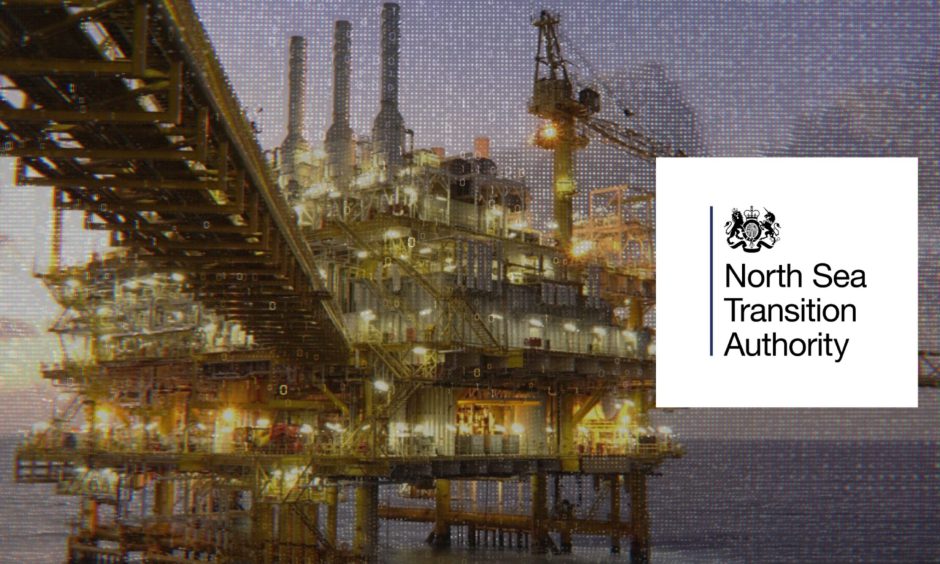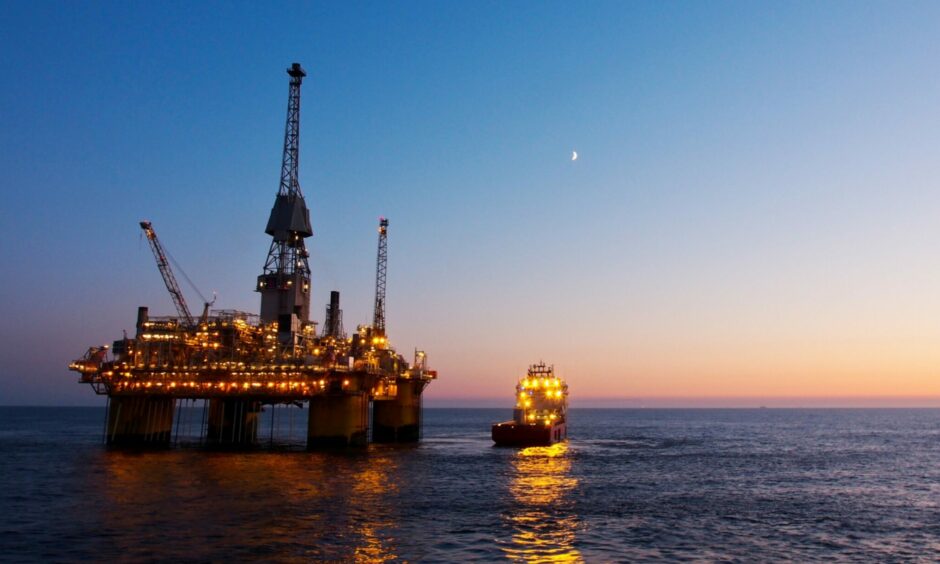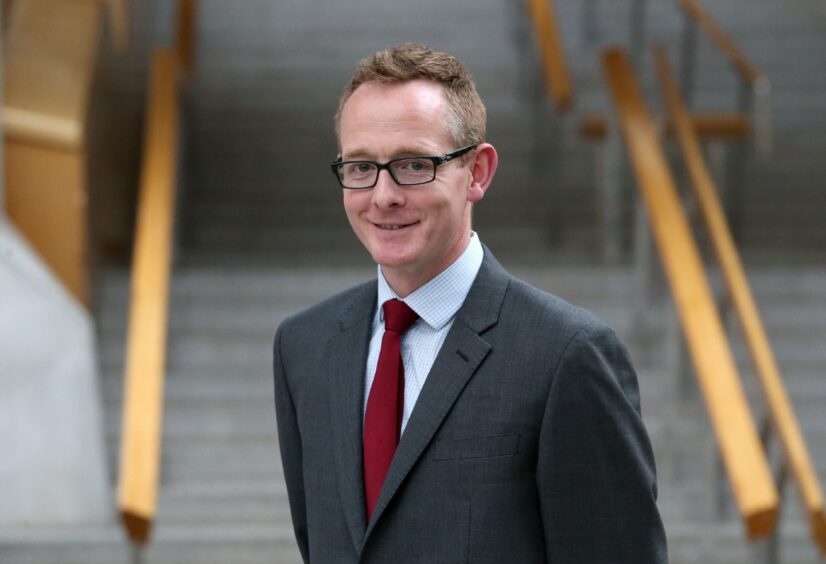
The award of 27 new oil and gas licences is being hailed as a”welcome boost” for the UK North Sea industry.
They are in areas prioritised because they have the potential to go into production more quickly than others.
In addition to the 27 licences, six more blocks, which were also ready to be offered, have been merged into five existing licences.
More blocks will be offered subject to additional environmental checks.
Regulator received a record number of licensing round applications
The North Sea Transition Authority (NSTA), the offshore industry regulator, said its 27 new licences were the first batch to be awarded from 115 licensing round applications.
This is the highest number of applications since the 29th licensing round in 2016-17.
Today’s announcement, covering 55 blocks, is part of the regulator’s wider efforts to support the UK’s energy security options. These include the licensing of offshore gas stores and engagement with industry on opportunities to reopen closed wells.
There are currently 284 offshore fields in production in the UK North Sea and an estimated 5.25 billion barrels of oil equivalent in total projected output until 2050.
Oil and gas currently contribute around three quarters of domestic energy needs.
Climate change campaigners want a swift end to oil and gas production.
But the offshore regulator said the fossil fuels would “continue to play a role in our energy mix for decades to come”.
These licences were awarded in the expectation that the licensees will get down to work immediately.”
NSTA chief executive Stuart Payne added: “Ensuring the UK has broad options for energy security is at the heart of our work.
“These licences were awarded in the expectation that the licensees will get down to work immediately.
“The NSTA will work with the licensees to make sure that where production can be achieved it happens as quickly as possible.”
Scotland Office Minister John Lamont said: “These new licences will help ensure the UK’s energy security, which we have all seen is more important than ever, and reduce our need for imported energy.
“The UK Government is committed to net-zero by 2050, and oil and gas will remain an important part of our energy mix on this journey. Today’s announcement will also help to support thousands of skilled jobs in Scotland, unleash further opportunities for green technologies and grow our economy.”
Energy Security Secretary Claire Coutinho said: “We’ll continue to need oil and gas over the coming decades as we deliver net-zero. It’s commonsense to reduce our reliance on foreign imports and use our own supply.
“It’s better for our economy, the environment and our energy security.”
Ms Coutinho added: “These new licences are a welcome boost for the UK industry, which already supports around 200,000 jobs and contributes £16 billion to the economy each year – while advancing our transition to low-carbon technologies, on which our future prosperity depends.”
Industry body Offshore Energies said the new licences were “a boost for UK energy security and for the 200,000 people in jobs supported by the offshore energy sector”.
All of the 258 blocks applied for have gone through an initial Habitat Regulation Assessment (HRA).
The blocks being awarded today were identified as not requiring further assessment.
NSTA said the licences – located in the central and northern North Sea, and west of Shetland – were awarded first to “let operators press ahead with their plans to explore and develop oil and gas resources”.
In recent years, the average time from licence award to production is around five years.
33rd round was launched more than a year ago, with 931 blocks/part blocks up for grabs
The 33rd oil and gas licensing round was launched on October 7 2022, with 931 blocks and part-blocks made available.
NSTA had received 115 applications from 76 companies for 258 blocks/part-blocks by the time the application window closed on January 12 2023.
Developing a site typically requires additional consents, including from the Department of Energy Security and Net Zero.
A recommendation for the remaining 203 blocks will be made once an HRA “further appropriate assessment” process has been completed.
Recommended for you




